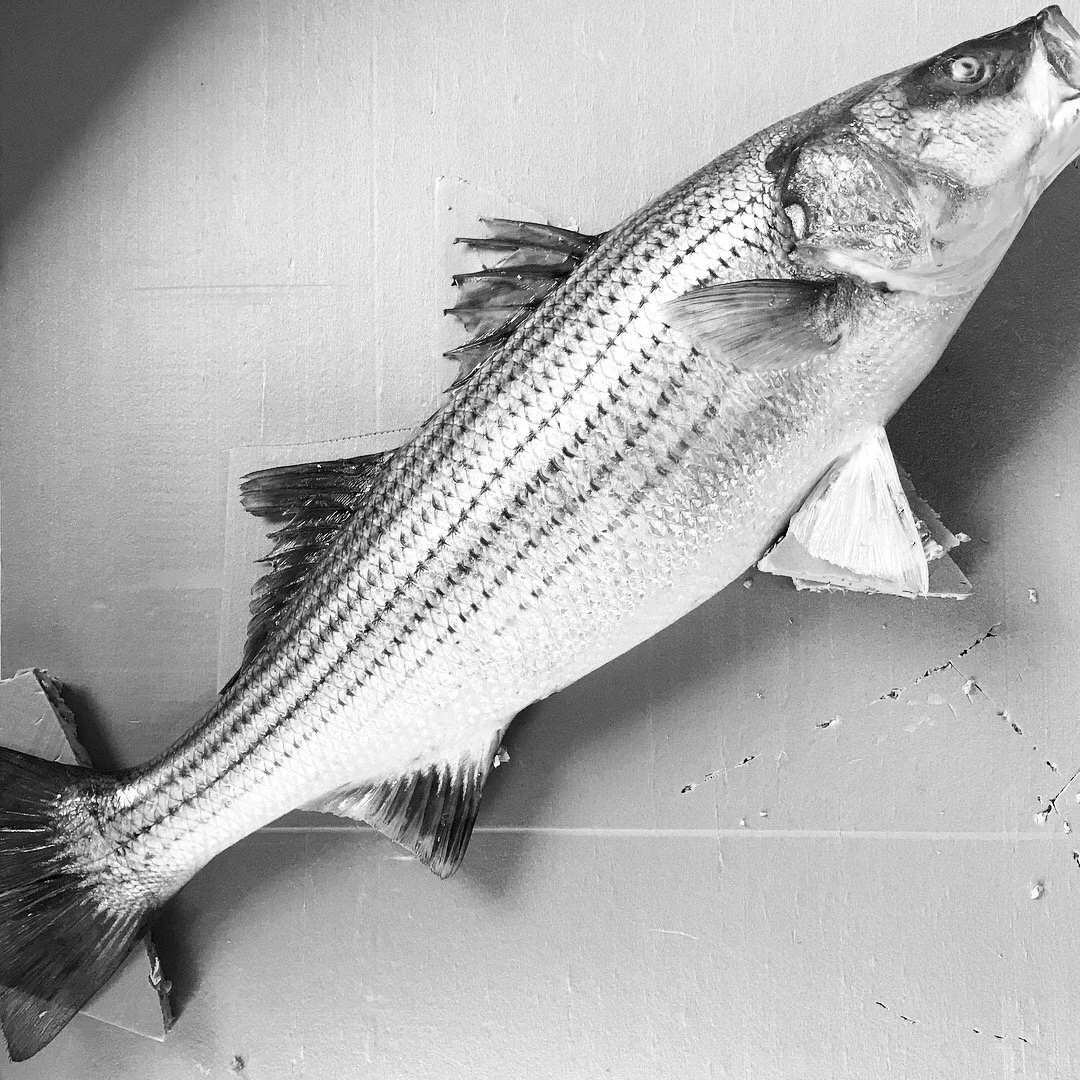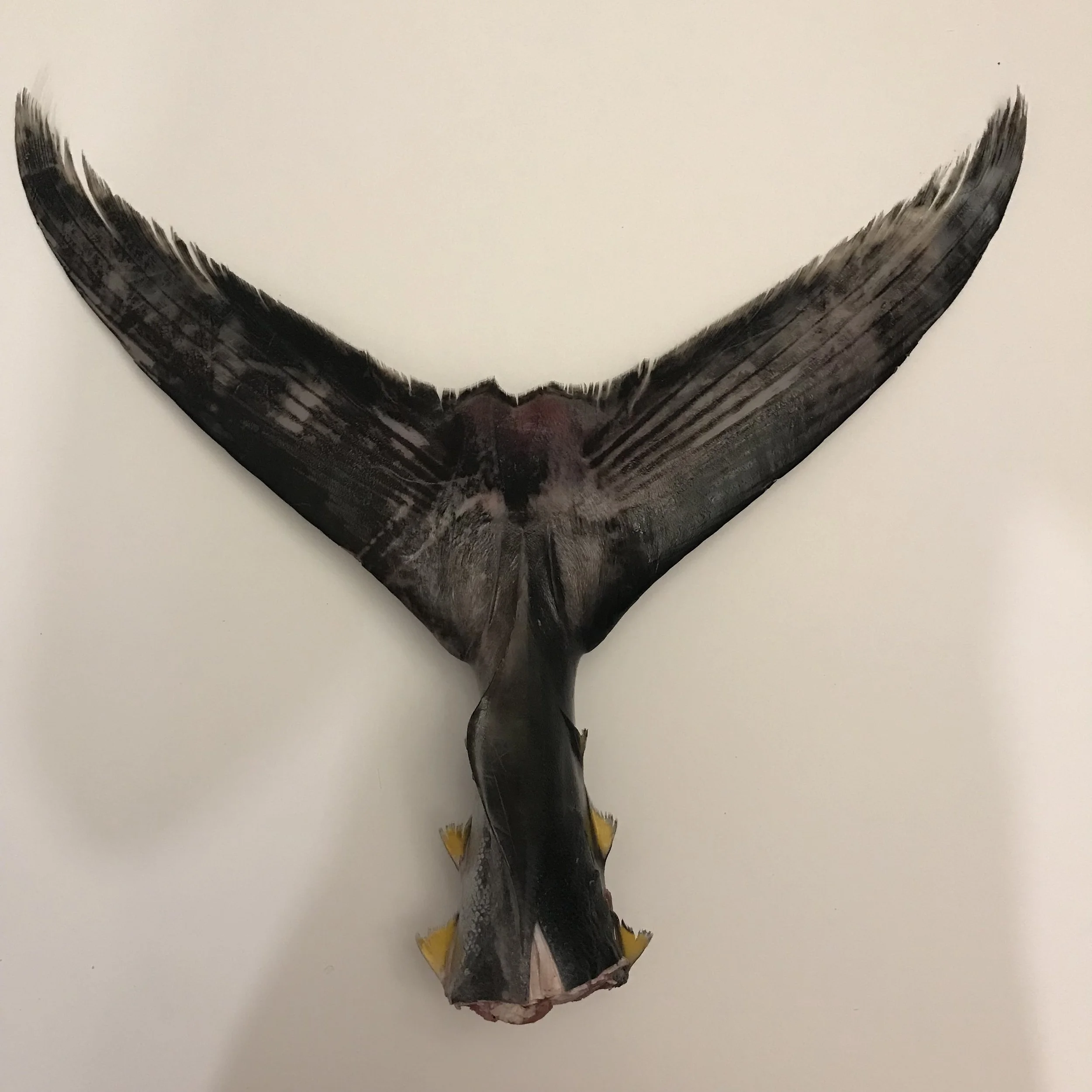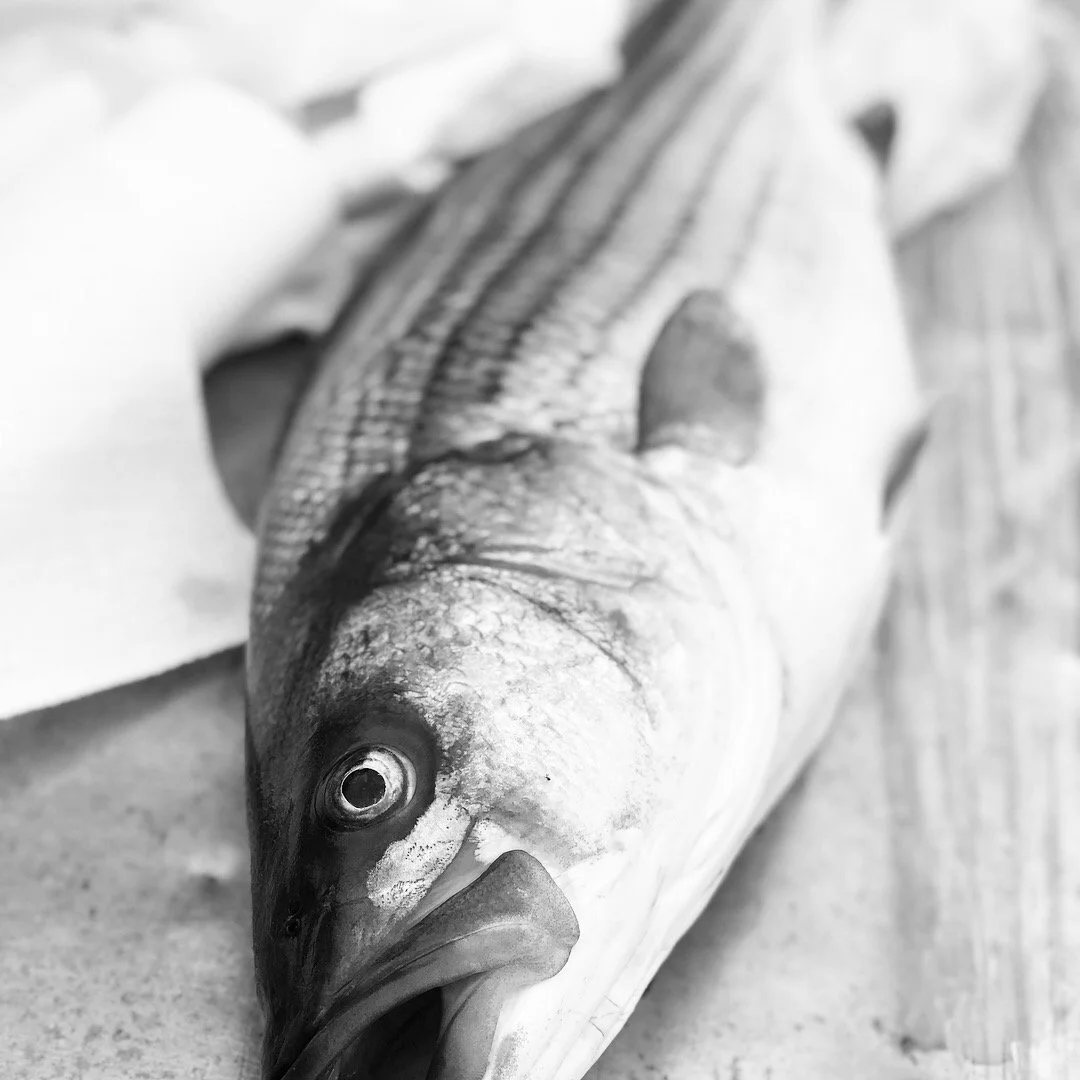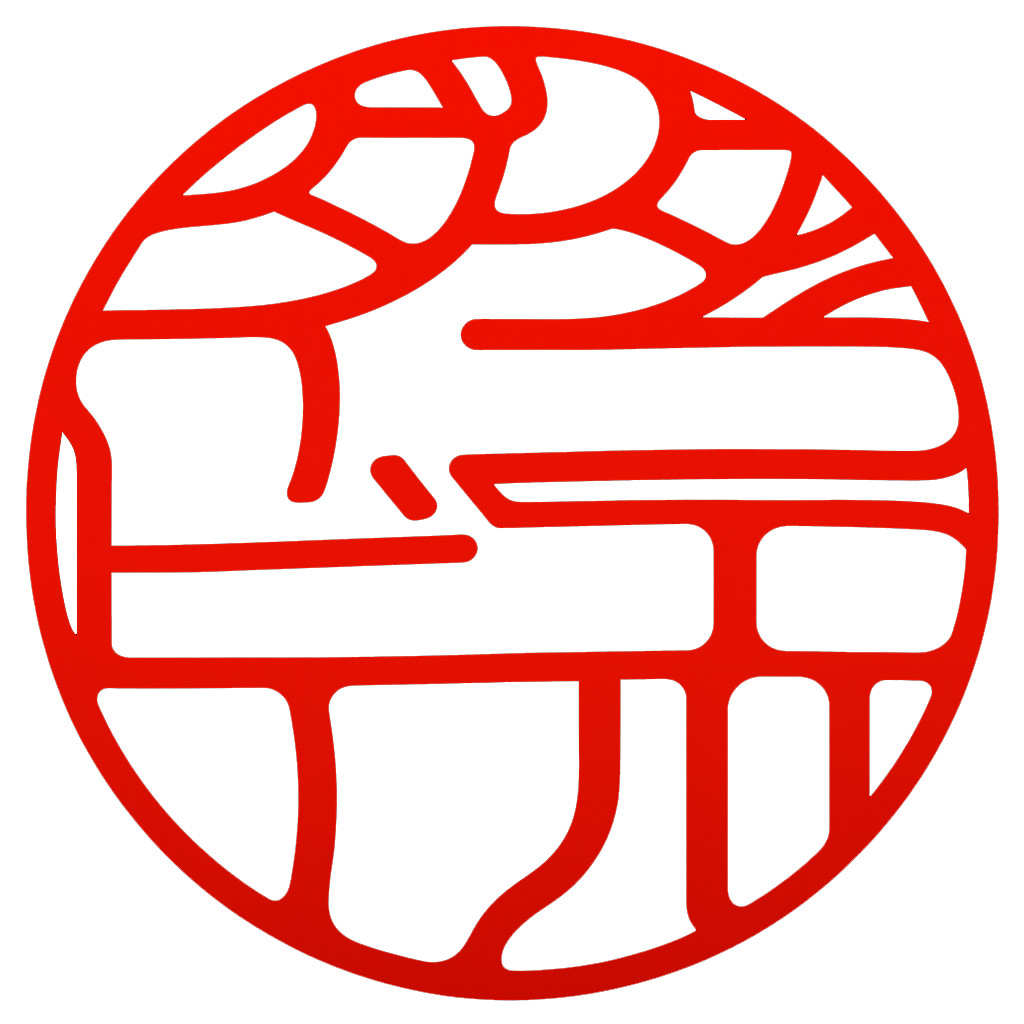ABOUT
The practice of Gyotaku transcends mere artistry; it embodies a commitment to sustainability and a profound connection to nature. Each piece reflects the diverse aquatic life of Long Island, sourced responsibly to ensure minimal ecological impact.
The traditional technique, rooted in Japanese heritage, is revitalized through contemporary methods, blending age-old craftsmanship with a modern aesthetic. Here, fish and nature become the canvas, telling stories of the local environment while honoring its beauty and fragility. This innovative approach not only captures the vivid details of each specimen but also raises awareness about marine conservation.
By prioritizing locally sourced materials, we support the community and minimize our carbon footprint. Every print is a testament to the vibrant coastlines of Long Island, encouraging a deeper appreciation for the natural world. Join us in celebrating the art of Gyotaku while fostering a harmonious relationship with our environment. Experience the heart of Long Island through our prints, where nature and artistry converge for a sustainable future.
-
Gyotaku is a traditional Japanese art form that translates to “fish rubbing.” This unique technique originated in the mid-1800s during the Edo period in Japan, primarily as a means for fishermen to document their catches accurately. By creating prints of their fish, fishermen could showcase the size, type, and details of their haul, which also served as a way to communicate their exploits with their community.
The process of gyotaku involves several steps. First, the fish is meticulously cleaned and prepared, often laid flat to ensure an even impression. Artists use a specially formulated sumi ink, which is a high-quality black ink made from soot and animal glue, known for its rich texture and deep color. The ink is carefully applied to the fish's surface using brushes or soft cloths, ensuring that all scales and details are covered.
Once the fish is inked, a carefully chosen piece of thin, durable paper—traditionally washi, made from mulberry fibers—is placed over the fish. The artist then gently rubs the paper, sometimes using a handheld baren or simply their hands, to transfer the ink onto the paper, capturing the intricate details of the fish's form. After the paper is pressed, it is carefully lifted away to reveal the print, a unique and often vibrant representation of the fish.
Gyotaku not only serves as an artistic expression but also emphasizes sustainability and a deep connection to nature. Artists today continue to honor the tradition of gyotaku by using sustainably sourced fish and local materials, resonating with a growing appreciation for eco-friendly practices. Gyotaku has evolved over the years, merging traditional techniques with modern styles and expanding its subject matter beyond just fish to include various elements of nature, reflecting the changing perspectives in contemporary art.
-
YES! I pride myself on using non-toxic inks for my prints, ensuring that the fish I choose as a specimen can be safely consumed. Gyotaku, a traditional Japanese art form, uses fish as a medium to create prints. After the printing process, the fish can be consumed, provided that certain guidelines are followed. It is essential to use non-toxic inks to ensure the fish remains safe for eating. Additionally, I take care to ensure that the specimens are not left at high temperatures for extended periods to maintain their freshness and quality.
I prioritize ethical and sustainable sourcing by collaborating with local fishermen and my community. This commitment not only supports local economies but also promotes responsible fishing practices. The ability to eat the fish after creating the prints enhances the sustainability of my work, transforming the artistic process into a holistic practice that honors and utilizes our natural resources. By integrating art and sustainability, I can appreciate the beauty of nature while minimizing waste.
As long as the fish is refrigerated and not left at high temperatures for extended periods, it remains fresh and ready for your table. My approach emphasizes the importance of local sourcing, ensuring that each fish is selected with care and respect for the environment. By reusing specimens and valuing sustainability, I turn ephemeral moments in nature into timeless art, all while fostering a connection to the community and its resources. Enjoy the beauty on your wall, knowing it contributes to a sustainable future.
-
A traditional Japanese Hanko stamp, also known as a "seal" or "chop," is a personalized stamp made from materials such as wood, stone, or ivory that bears a unique design, usually featuring the owner's name or a significant symbol. Hanko stamps are an integral part of Japanese culture, serving as a signature in personal and official documents.
In the world of art, Hanko stamps have a special significance. Artists often use Hanko to authenticate their work, similar to how a signature provides validation. In traditional Japanese printmaking, including techniques such as Gyotaku, the artist may use a Hanko to create a personal touch on each print, enhancing its value and connection to the artisan.
Additionally, Hanko can be incorporated directly into the artwork, representing a fusion of calligraphy, craftsmanship, and personal identity. This practice elevates the piece from a mere representation to an authentic expression of the artist's essence, making it not only a signature but also a part of the artistic narrative. The relationship between Hanko and art exemplifies the significance of personalization and cultural heritage, reflecting the values of sustainability and community that resonate with contemporary practices, including those observed in Gyotaku.
My hanko stamp is a representation of my full name, written in Katakana. When I first began my journey into the art of gyotaku, I would sign my pieces with a simple red dot. However, as I grew to understand the traditions and culture behind this true art form, I felt it necessary to transition to an authentic Japanese hanko. This evolution in my signature reflects not only my growth as an artist but also my respect for the rich heritage of gyotaku and its meticulous practices. Each print I create now bears this meaningful stamp, solidifying the connection between my work and the time-honored techniques that inspire it.
-
Owning a piece of art is an investment, I offer two remarkable options that cater to different preferences and budgets.
For those who appreciate high quality but are looking for a more affordable option, our archival prints are an excellent alternative. Utilizing advanced printing techniques, oh high quality art paper, using high quality archival inks, these prints capture the vibrancy and intricacy of the original artworks while ensuring durability and longevity. Made with the same dedication to sustainability and attention to detail, our archival prints provide an accessible way to enjoy the essence of my original works without compromising on quality.
Whether you choose an original or an archival print, you are supporting sustainable artistry rooted in the beauty of Long Island. Enhance your space with our art and celebrate the natural world in a way that aligns with your values and aesthetic.
Artist Daniel Derby
Artist Daniel Derby was born and raised on the south shore of Long Island, NY. He studied Illustration and fine art at the Fashion Institute of Technology in NYC, as well as interior architecture at the New York School of Interior Design. He began practicing the art of Gyotaku and nature printing in 2017.
“I have always been fascinated with the cultures and traditions of our unique region. The Great South Bay, our barrier islands, the unique and abundant wildlife, and our historic agricultural and fishing communities have all influenced my work.”




